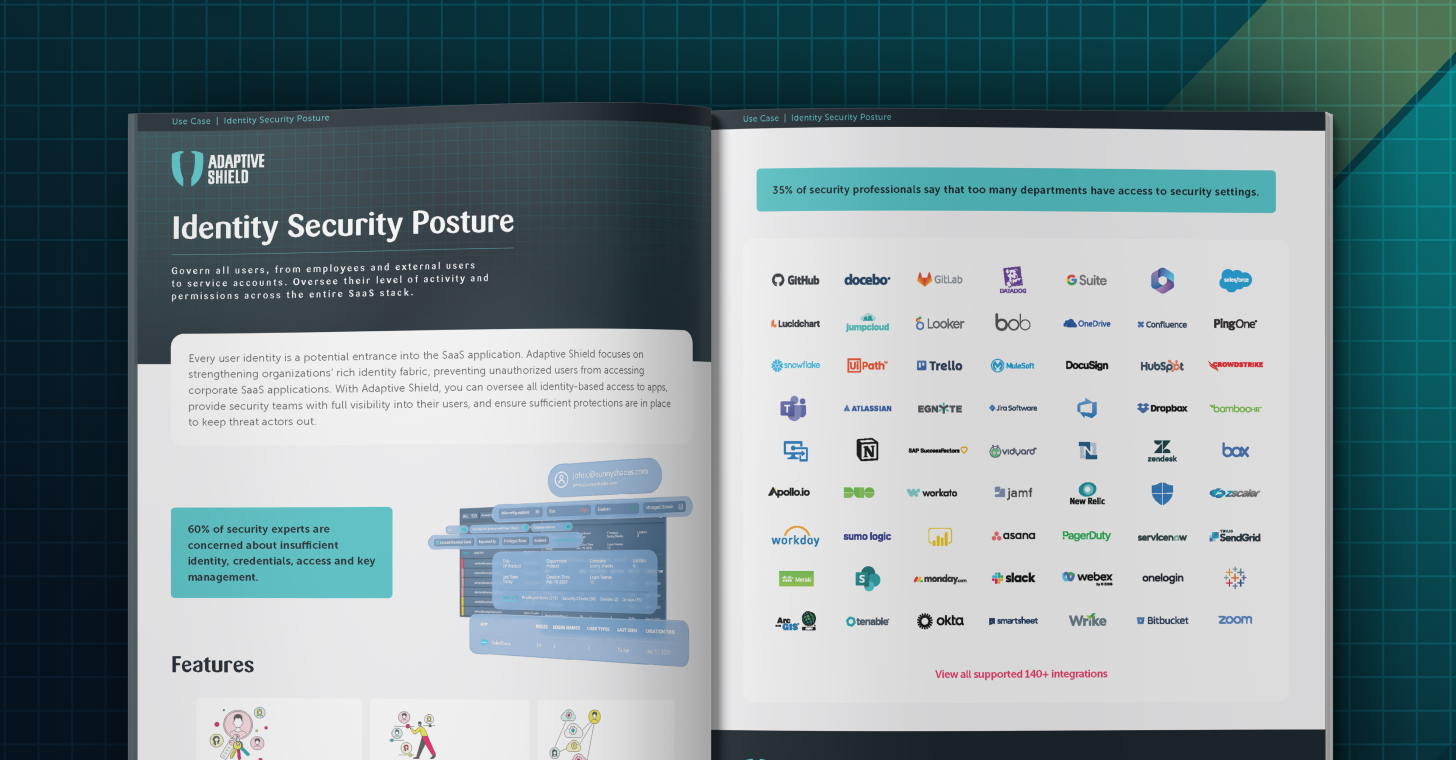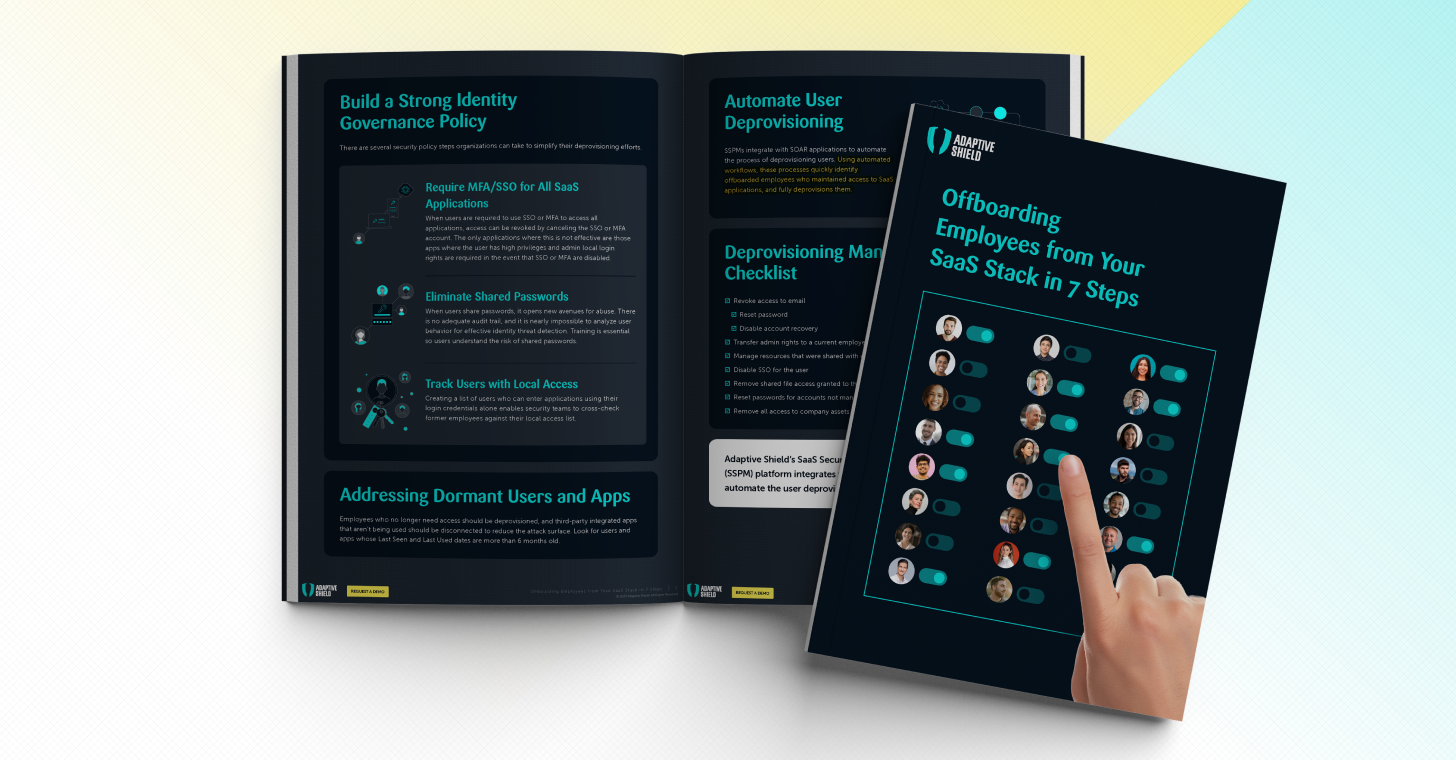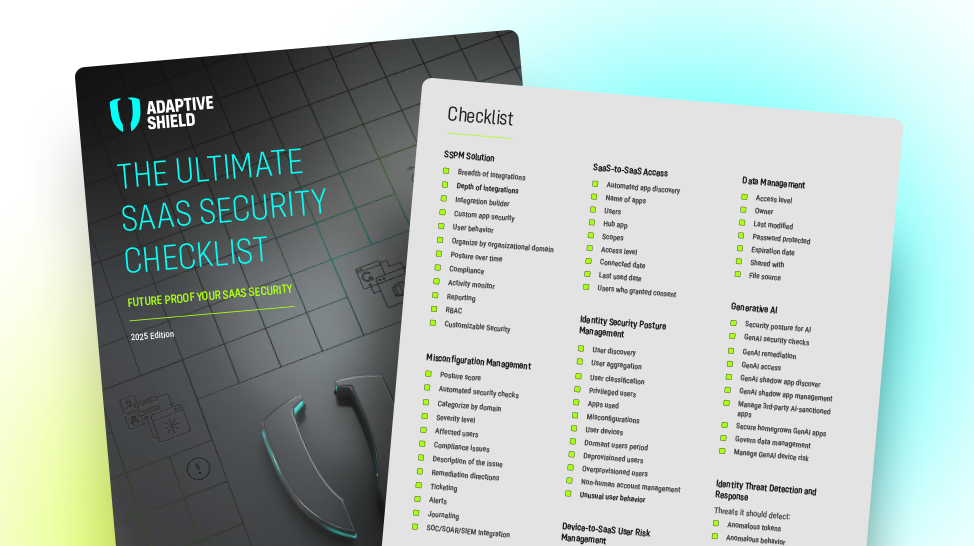SaaS Identity Security refers to the set of processes and technologies used to manage and secure user identities and access to SaaS applications. It encompasses a range of activities, such as user provisioning, authentication, access control, and user lifecycle management, specifically tailored for cloud-based software services. The primary objective of SaaS Identity Security is to ensure that the right individuals have appropriate access to the right resources while maintaining security and compliance standards.
As organizations increasingly adopt cloud-based SaaS applications, the importance of effective identity management cannot be overstated. By implementing robust identity and access management practices, businesses can enhance security, streamline user management processes, and ensure compliance with regulatory standards.
Key Components of SaaS Identity Security
User Provisioning
User provisioning involves creating, managing, and revoking user accounts within SaaS applications. It includes activities such as user onboarding, granting appropriate access permissions, and synchronizing user access across different systems. Effective user provisioning helps organizations streamline user management processes and maintain security and compliance.
Single Sign-On (SSO)
Authentication is a fundamental component of identity and access management. It verifies the identity of users attempting to access SaaS applications. SSO enables users to log in once and gain access to multiple SaaS applications without the need to enter separate credentials for each application. This not only enhances user convenience but also improves security by eliminating the need for multiple passwords.
Access Control and Authorization
Access control ensures that only authorized individuals can access specific resources or functionalities within the SaaS environment. This involves implementing strong authentication mechanisms such as MFA to verify the user’s identity before granting access.
Authorization, on the other hand, focuses on defining and enforcing the permissions and privileges granted to users once they have been authenticated. By implementing granular authorization policies, organizations can ensure that users have appropriate levels of access to the necessary resources while preventing unauthorized access to sensitive data or functionalities.
Effective access and authorization management within SaaS IAM systems is vital for maintaining data security and regulatory compliance, and protecting against unauthorized access or data breaches.
User Lifecycle Management
User lifecycle management encompasses the processes of creating, modifying, and deleting user accounts throughout their lifecycle within SaaS applications. It includes activities such as user provisioning, role changes, password resets, and account deactivation. Proper user lifecycle management helps maintain data integrity, security, and compliance.
Benefits of SaaS Identity Security
Enhanced Security
SaaS identity and access management enables organizations to enforce strong authentication measures, implement access controls, and monitor user activities. This reduces the risk of unauthorized access, data breaches, and insider threats.
Improved User Experience
With SSO and simplified authentication mechanisms, users can conveniently access multiple SaaS applications with a single set of credentials. This eliminates the need for remembering and managing multiple passwords, enhancing productivity and user satisfaction.
Compliance and Auditing
SaaS identity and access management helps organizations meet regulatory requirements by enforcing access controls, maintaining audit logs, and providing detailed visibility into user activities. It assists in demonstrating compliance during audits and investigations.
Scalability and Efficiency
SaaS identity and access management solutions are designed to scale alongside the growing number of users and applications. This allows organizations to efficiently manage user identities and access rights as their SaaS ecosystem expands.





















